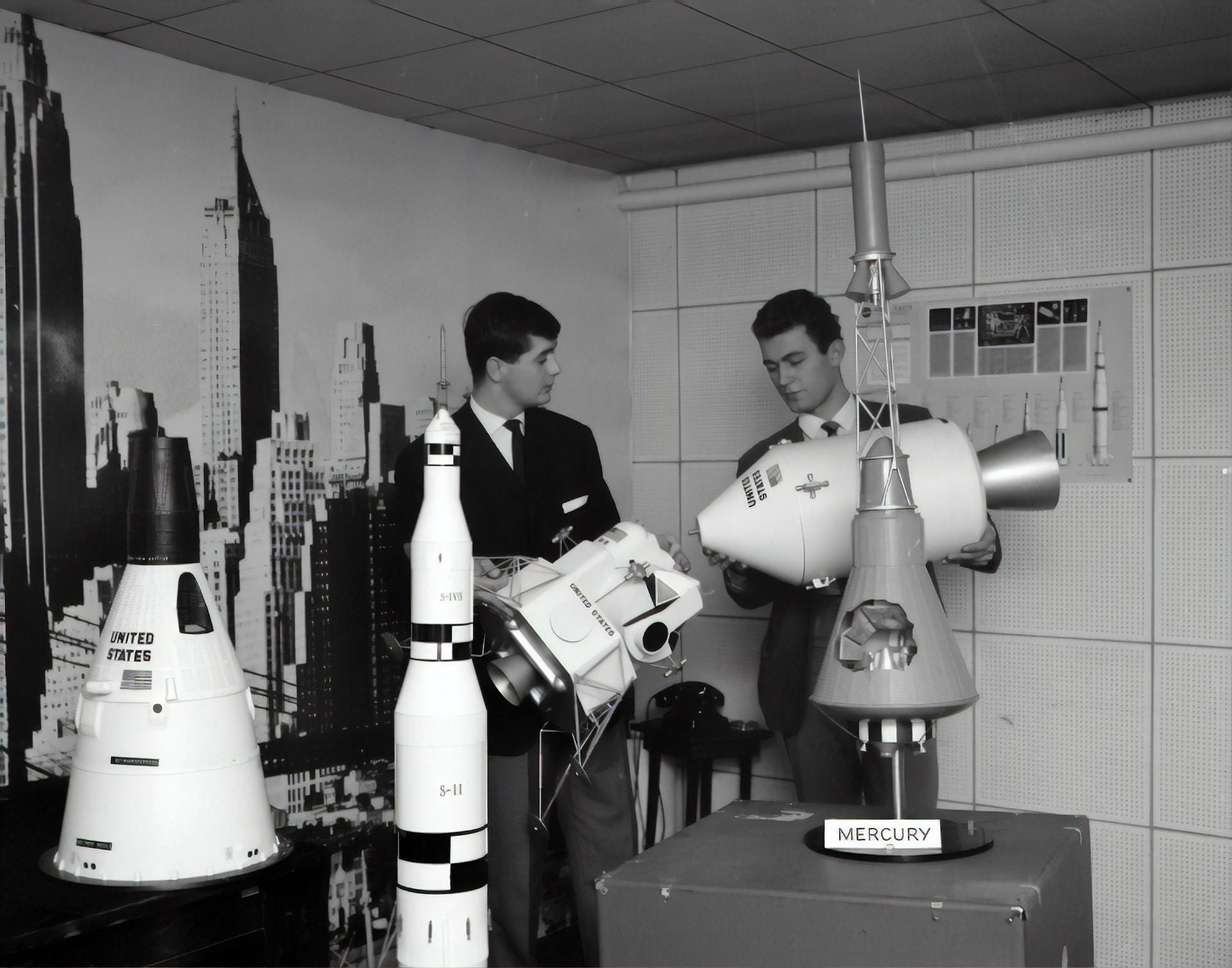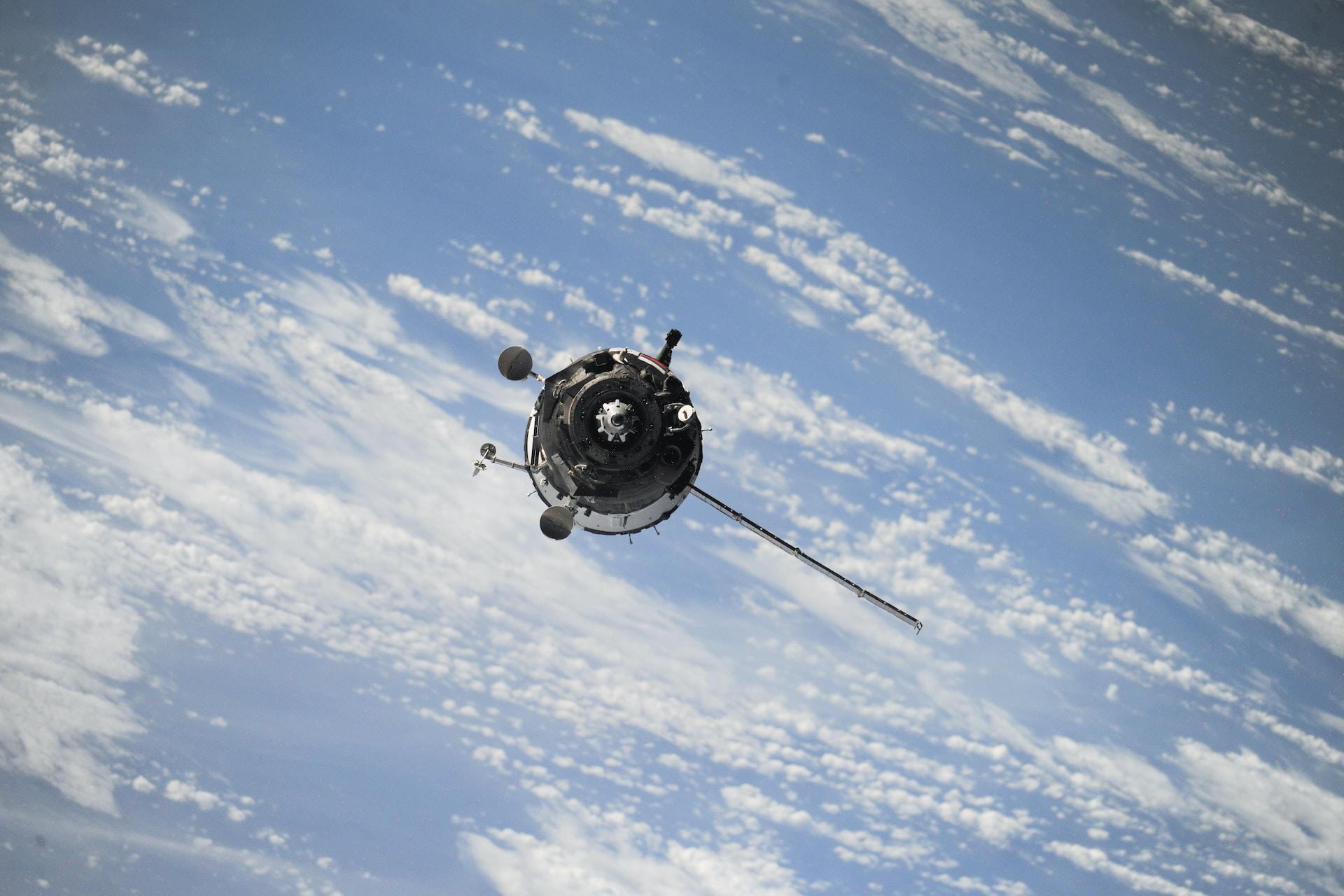Imagine life without your cellphone or going somewhere you've never been without global positioning satellite (GPS) guidance. Picture heading to school or work on your bike because you have no reason to doubt that the early-morning sunshine wouldn't last all day. All of these ubiquitous services and our portable devices come to us thanks to Space Race discoveries.
Now, geopolitical tensions threaten our ability to detect weather patterns and climate change effects. Worse: these tensions accelerate work on defence projects like Anti-Satellite weapons (ASATs). The science community's sharpest minds are focused on building new technologies to advance economic and military interests. But only for the countries that recruited them, not for the worldwide greater good.
The science community thrives on sharing information. Governments are cagey about sharing new discoveries, including science information. We live in a time of fierce political and economic competition. To find room for collaboration and cooperation in space, Superprof looks at:
- the Space Race's origins
- areas where collaboration prevails
- spaces where competition outweighs collaboration
- where we might find a balance between competing interests

How the Space Race Began
CAVU is an aviation acronym that describes flying conditions. It stands for Ceiling and Visibility Unlimited, meaning just what it says. A sky with no cloud ceiling that gives pilots unlimited visibility. Until 1957, our entire galaxy was CAVU.
And then, that year in October, the Soviet space program launched Sputnik I, the first satellite to orbit the Earth. The Soviets had announced Sputnik and even published information. News agencies ran with it to varying degrees and, just like that, people in the know became infected with space fever.
While the British public experienced awe and fear in equal measures, the US blossomed into the Sputnik Crisis. That country didn't have the technology for any similar demonstration of space capability. But it didn't take long to initiate a variety of projects.
The Defense Advanced Research Projects Agency - DARPA, was one of the US government's first bodies to develop defence technologies. Nine months after Sputnik's launch, the US established the National Aeronautics and Space Administration (NASA).
The Soviets were proud to herald their space technology successes and they had lots to brag about. They were far quieter about their failures, which were many. For a long time, the US raced to catch up and it remained cagey about its technological discoveries. The Space Race began during the Cold War so spying was a common activity for both sides.
The Cold War-era secrecy persists today despite the Cold War having ended over 30 years ago. Back then, the early Space Race was all about exploration and innovation but for different reasons. The Soviet space program was innovative for the purpose of space exploration and to prove Soviet supremacy. The US program was innovative to out-compete the Russians and establish US supremacy.

Early Collaborations in Space Exploration
National sentiments aside, technological advancements mattered as much as cosmonauts' cooperation. Russian cosmonauts and American astronauts working in their respective space programs had no reason for animosity. Especially as NASA routinely sent astronauts to Russia for training in the mid-1980s.
At that time the International Space Station (ISS) wasn't built yet. Mir, the second Soviet space station, had been orbiting the Earth for years. That country's earlier Salyut program ran for 15 years and met with unparalleled success. The US realised they could learn a lot by collaborating with the Russian space agency.
The US planned to construct their own space station but the funding never materialised. The next best option was to send Americans to Russia to experience life and work in orbit. The decision wasn't difficult to make. Despite all the Cold War differences, Russian and American space agencies had been collaborating since the mid-1970s.
In all, the Phase One Project as this collaboration was sometimes called, flew 11 missions. Mir's orbit started to decay after nearly 10 years in space, and accidents and breakdowns became more frequent. By the time Mir reached its end of service, the Cold War was over. This Shuttle-Mir cooperation laid the groundwork for the ISS, the most collaborative space discovery effort to date.

Barriers to Collaboration and Cooperation
The ISS collaboration endures to this day, despite threats from Russian and American governments to compromise the program. Japan, Canada and the European Space Agency (ESA) contribute to the funding and share their discoveries. Any tension that exists comes from those nations' governments; program participants continue to cooperate and share information.
The ongoing war and the sanctions the US levied on Russia threaten this continued collaboration. We must also consider the ISS's age and condition. Breakdowns are becoming more frequent and repairs are costing more. The ISS is scheduled to retire in 2024 but that date will likely extend to at least 2030.
NASA has awarded three, million-dollar contracts to private firms to design and build a new space station. Design requirements should accommodate two American scientists at all times. The company may lease the rest of the station's spaces as they see fit, perhaps as a space tourism venture. So far, NASA's plans do not include any collaboration.
Private space companies like Blue Origin create economic barriers to collaboration and cooperation. We see this most vividly between Messrs. Bezos and Musk, who each spend millions lobbying the American government for lucrative contracts like those mentioned above. Now, imagine if these fellows had to compete with an equally qualified and wealthy entity outside the US.
American legislators' moves against China are more evidence of such tightening of opportunity. In 2011, the US passed the Wolf Amendment, which bars NASA from using government funds for any collaboration with China without congressional approval. This amendment has been renewed every year since.
The US's anti-China stance contrasts with the ESA-China collaboration. Since the early aughts, these two space agencies have worked together on various science projects. Studying the Earth's magnetic field and reporting on surface/atmospheric conditions are their two most notable collaborations.

The New Space Race Goals
Space tourism might offer room for cooperation, at least, if not collaboration. The American company Space Adventures collaborated with NASA to shuttle nine space tourists to the ISS. The US retired its shuttle program in 2011 so NASA brokered a deal with the Russian space agency.
With that contract in place, the US space agency could continue ferrying supplies and personnel to the ISS. And Space Adventures can continue its operations. The company has already reserved a couple of seats aboard a Russian craft thanks to that NASA deal. But economic interests in space are broader than giving the few who can afford space tourism thrills.
The Cold War-era Space Race and moon landing set off speculation about the riches to be had from space. Asteroid mining became a serious consideration, even back then. Lately, we've been hearing more talk about extracting wealth from space, mainly from companies with deep pockets.
So far, none of the science proves that asteroid mining would deliver any economic promise. It would be expensive and dangerous work, with a long time between funding a project and seeing any returns. Only the US and Japan have completed missions to explore capitalising on asteroid minerals; both were more than 10 years ago.
By far the most dangerous New Space Race aspect is military in nature. China's space forays have provoked panic, particularly in the US. China has never been allowed on the ISS because of the Wolf Amendment. Thus, they've built their own space station, the Tiangong, which currently has a crew of three, with a capacity for twice that number.
As China was building its space station and planning its component launches, the US revived a Cold War-Era plan to defend American interests in and from space. For decades, Earth preoccupations diverted funds away from any US Space Force initiative. But when China announced their Tiangong space program, getting the Space Force ready for defence took top priority.
The US spends the most on space exploration, by far. But that country's government is getting ever more proprietary over the knowledge it gains from space missions. And it's putting ever more barriers into place to keep scientific knowledge from flowing.
The US routinely invokes International Traffic in Arms Regulation (ITAR) and the Arms Export Control Act (AECA) to restrict scientific information flows. Both of these are Cold War-era pieces of legislation whose usage has grown over the past two decades. Whether they aid in the US's national defence is debatable.
Military defence and economic exploitation cannot be the new Space Race's only ambitions. In 1967, the United Nations (UN) recognised the need “to avoid the extension of present national rivalries into this new field.” From the 1980s on, the UN General Assembly has reaffirmed that commitment.
Regardless of the US's position, the international community prefers to collaborate and share information. The UN's Outer Space Treaty sets out guidelines for cooperation in space. As Yuri Gagarin said when he returned to Earth: "There's room in space for everybody.". There's no need for dominance or supremacy.















